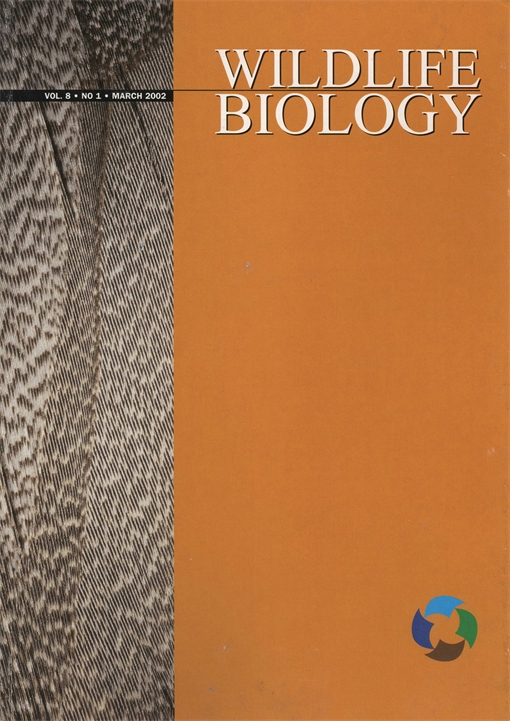The importance of conserving wild populations of large carnivores in balance with local human interests has been recognised throughout the world. However, diverse human activities are in potential conflict with the conservation of large carnivore species. We discuss the role that hunters have in the management of three large carnivore species, the brown bear Ursus arctos, the Eurasian lynx Lynx lynx and the wolf Canis lupus in the Carpathian Mountains in central Europe. We considered four different countries (i.e. Poland, Slovakia, Ukraine and Romania), comparing the status of large carnivore populations and the regulations of hunting activities. The situation appears to be generally consistent throughout the Carpathian region, although the degree of protection accorded to wolf varies most. Interactions between large carnivores and hunters are well rooted in the culture of local communities in the four countries considered. The large forested areas make the Carpathians an excellent environment for large carnivores, which here are favoured by low human population density. We underline the need for integration of hunting activities and scientific knowledge for future management practices.
How to translate text using browser tools
1 March 2002
Hunting legislation in the Carpathian Mountains: implications for the conservation and management of large carnivores
Valeria Salvatori,
Henryk Okarma,
Ovidiu Ionescu,
Yaroslav Dovhanych,
Slavomir Find'o,
Luigi Boitani

Wildlife Biology
Vol. 8 • No. 1
2002
Vol. 8 • No. 1
2002
Carpathian ecoregion
hunting
integrated management
large carnivores




